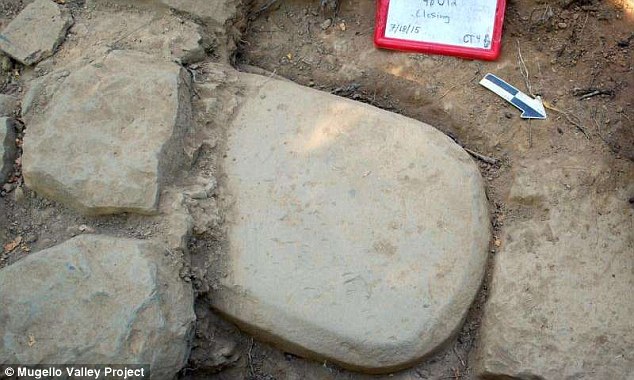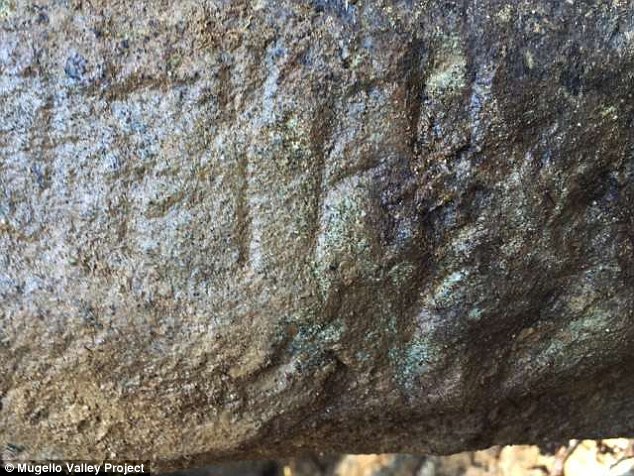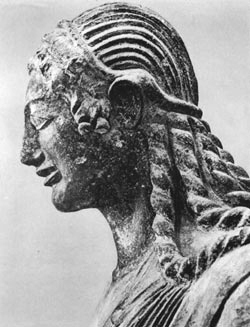Not much is known about the ancient civilisation known to historians as Etruscans, despite the fact a number of artefacts belonging to the ancient people have been discovered in modern-day Italy. The Etruscans lived and thrived in ancient Italy and are believed to have very rich culture and traditions. Highly religious, Etruscans gave utmost importance to worship and made all possible efforts to maintain a god-fearing society, purged of ills of all ungodly affairs.

In a recent discovery, researchers have found an ancient sand slab containing the message formulated in a long-dead language. It is believed that the slab belonged to the Etruscans and was possibly buried under the ancient temple some 2,500 years ago. The discovery was made by Mugello Valley Archaeological Project; a number of expert archaeologists and researchers took part in the discovery and found a very significant clue.

Archaeology Professor Gregory Warden, who is leading the Mugello Valley Archaeological Project’s team, believes the ancient slab has more to say to modern mankind than was previously believed. Professor Warden pointed towards the fact that Etruscans were devout believers, possibly the most religious people who lived in the region. Warden suggested that the slab must be some kind of divinely inspired writing that must have played a crucial role in the religious framework of the ancient Etruscans. He added that slab could contain the information about the gods and goddesses worshipped by the Etruscans, or some other significant religious traditions that are worth knowing.
Living and thriving in the ancient Italian regions of Tuscany, northern Lazio and western Umbria, the Etruscans can be traced as far back as 700 BC. Etruscan communities were assimilated into the Roman Empire in the later periods, so that by the 4th century AD Etruscans were practically a Roman sub-division. However, the past shows a rather different picture of the Etruscan-Roman relationship, since Etruscans had ruled over Rome in the past before the rise of Roman Empire. Etruscans greatly influenced the Romans in many aspects of social life including architecture, art and religion.
Religion was in the foundation of the Etruscan society, and played a pivotal role in the formation of government infrastructure including law and the economy. Religious authority was evidently exercised in almost all walks of life, and any diversion was classed as heresy.

According to Edlund-Berry, an expert on ancient civilizations, Etruscans had deep religious roots and decision making on all levels was administered by religious authorities. Due to this, Edlund added, the recent findings are significant since it relates the information about the Etruscans’ religious traditions. Talking about the script of the inscription Edlund said that the long length of the scripture signifies that it must be related to some sort of deity that Etruscans worshipped and knowing its nature will significantly enhance our understanding of the Etruscans.
The sand-slab will be analysed and studied by Rex Wallace who is a renowned expert of Etruscans’ languages. Wallace will carry out a detailed study of the lost language forming an understanding and his findings will be published in the academic and public platforms.